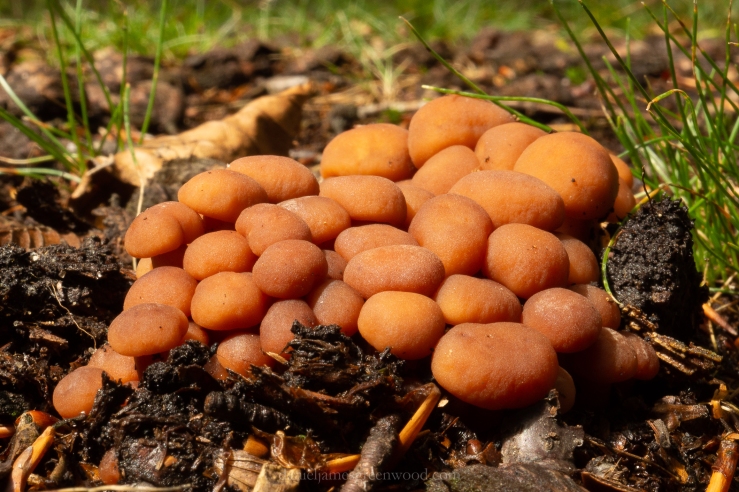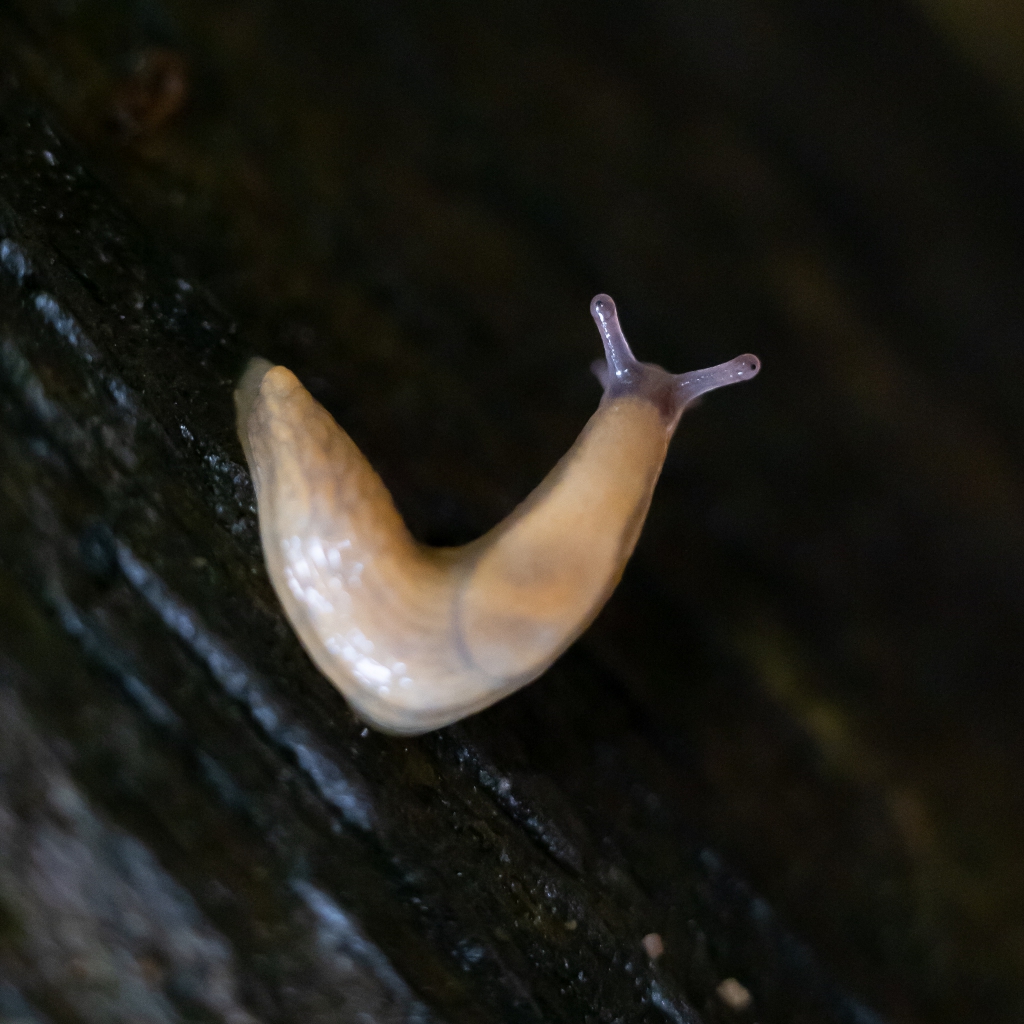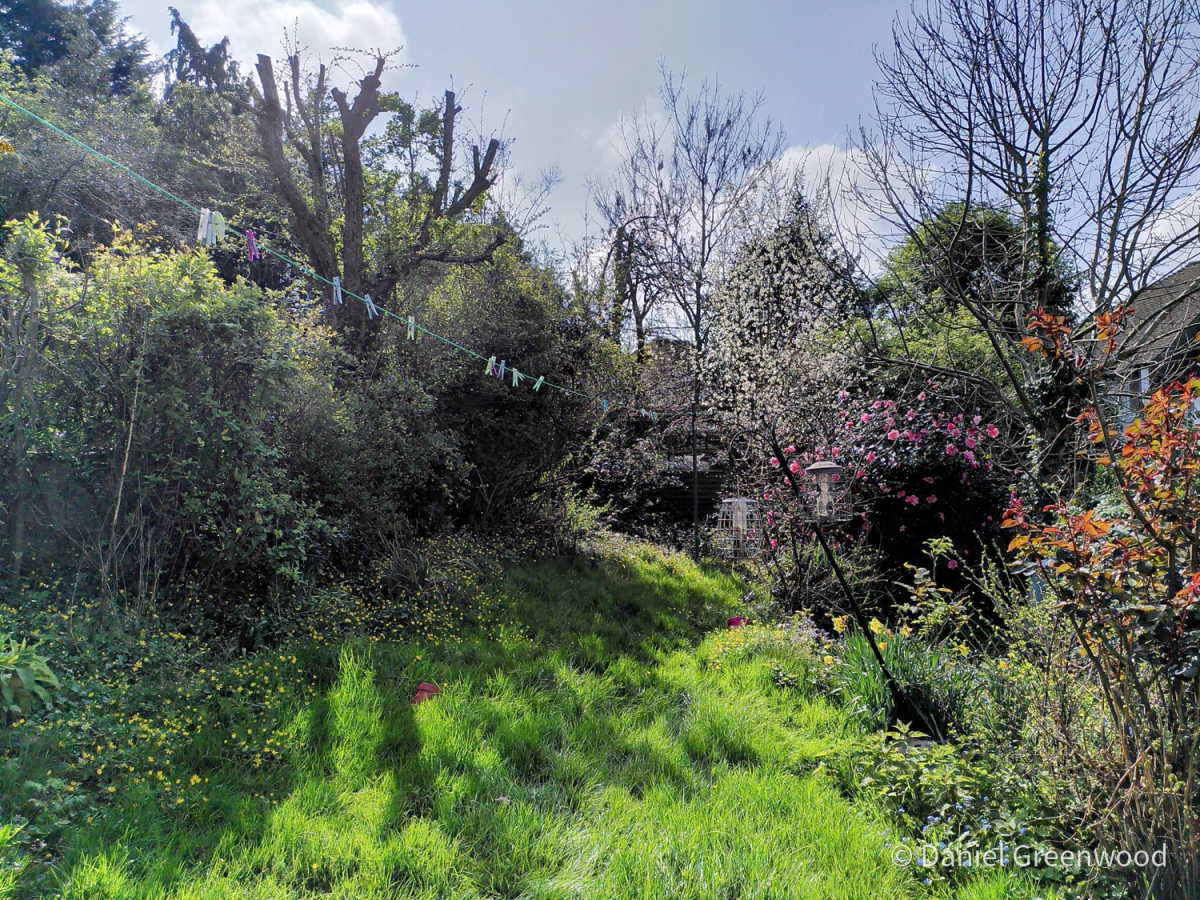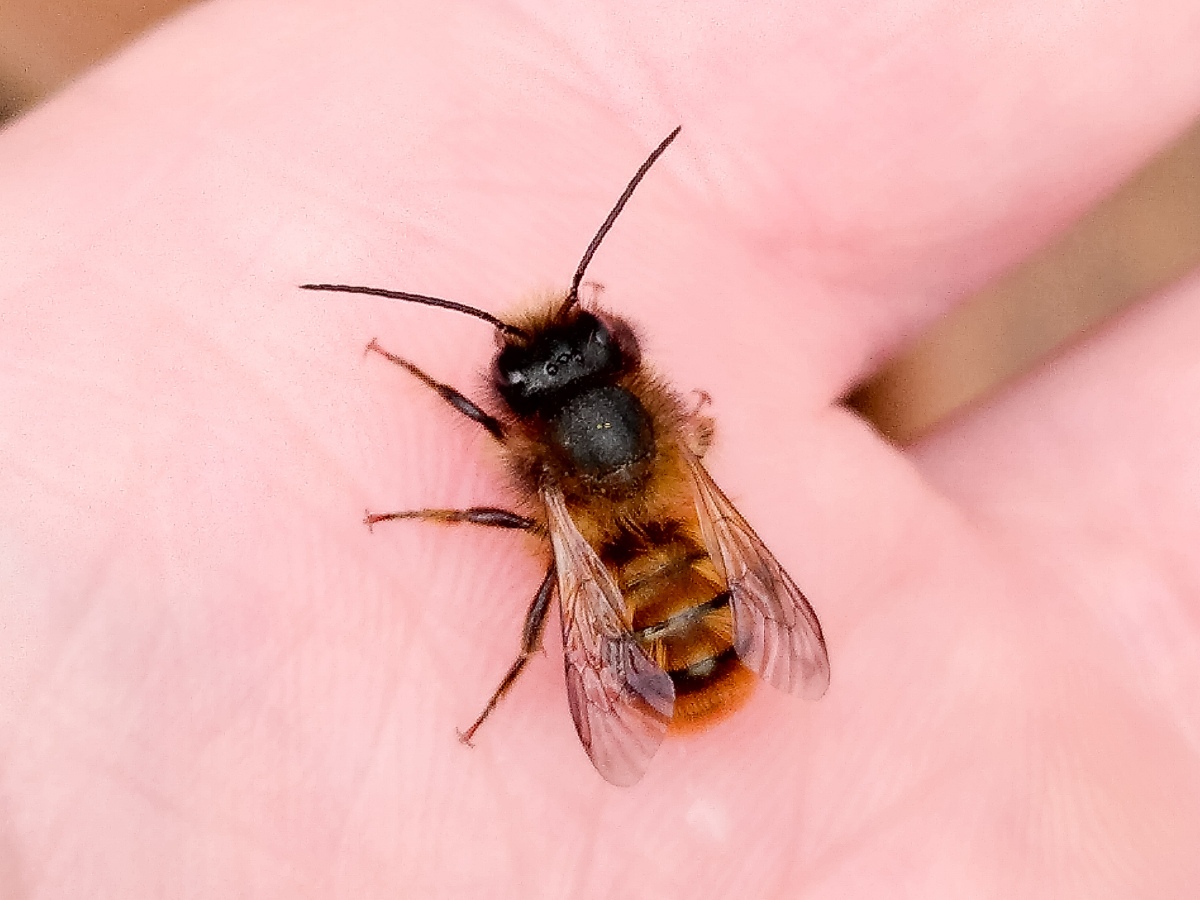Last week I dropped in on a favourite Sussex Wildlife Trust woodland. It’s a place I only ever visit when travelling to or from work. It’s a place with a funny name, The Mens. It’s even funnier when I tell others I’m going to The Mens after work. The name is said to derive from the word ‘common’, a place where local people would have had foraging and grazing rights in centuries past. It’s now a significant ancient woodland in the Sussex Low Weald, holding National Nature Reserve status. It’s special because of its naturally occuring beech and holly, though I’m no expert on its specifics. It is a uniquely beautiful woodland. It is highly sensitive, and when I go I do my best to treat it with a high level of respect and care.

It’s one of the few places in SE/central southern England outside of the New Forest, that I have visited, where moss and algae cover tree trunks. Above is the typical assemblage of mature beech, oak and a surrounding sea of holly.

You can see indicators of how many mushrooms are likely to be in fruit when you first enter a reserve. I saw the above within the first few paces. It’s is a mushroom called spindleshank Gymnopilus fusipes (to my knowledge, happy to be corrected), which grows around the buttresses of oak trees. In a separate recent walk, it was the most common fungus I saw, and so is enjoying a key fruiting period.

In terms of tree health, I wouldn’t say it was a ‘good’ sign because there is some decay going on and it is defined as a parasitic species. In a woodland like this, it is normal and part of the life of the woodland. It helps to disconnect ourselves from our normal notions of life and death when in woodlands, it doesn’t play out in the same way there. Dead and decaying trees are crucial to a woodland’s life and longevity.

Spindleshank is often first seen like the group below, bursting on the scene. It is probably attached to a root or piece of wood under the soil.

This was the only fruiting mushroom I found during the short walk but there was a large abundance of slime moulds growing on fallen wood and some standing trees.

These orangey-pink blobs are a slime mould known as wolf’s milk Lycogala epidendrum. It’s famous because you can pop it and it emits a gunk of the same colour. It’s quite cool.

You will find it on decaying wood that has been in situ for several years, often in shady and damp conditions.

This species looks a bit like slug eggs. As with most slime mould I find, I’m not sure of the species.

We have had a very wet time of it in southern England, which should be cause for celebration, really. This same species was making the most of the conditions.

My camera is capable of doing in-camera focus stacking. This means it can take several images at different focus depths and merge them together to make an image with everything in focus. This is a dream come true for macro photography, especially when the subject is so tiny.

This is a species of coral slime mould. I have seen so much of this in the past few days spent walking in oak woodlands in West Sussex. It’s clearly striking while the woodland is wet.

And so is this little slug.
Thanks for reading.
Recent posts
Camera juggling in the mud 🤳
I recently upgraded my phone from a Fairphone 3+ to a G**gle Pixel 7a. The Fairphone dream is dead for me. I bought the Fairphone 3+ looking for a sustainable option that would last a long time and be invested in. Instead two new models were soon released and the 3+ was effectively archived. The…
First ichneumon wasp of 2024 🐝
You know it’s spring when the bees and things start getting trapped indoors again. I visited my mum on Easter Sunday and her kitchen (which has lots of windows) turned into a veritable insect survey trap. Not just the ‘horrible flies’ she pointed out, but this lovely ichneumon wasp which I rescued with a glass…
First solitary bees of 2024 🐝
Four years ago I was starting a weekly Macro Monday photoblog as we entered into the Covid-19 restrictions. Now I reflect on how that extra time helped me to post more regularly on here, and just how hard I find that now in the post-pandemic lifescape. I’ve not got into macro mode proper yet this…



